Blog
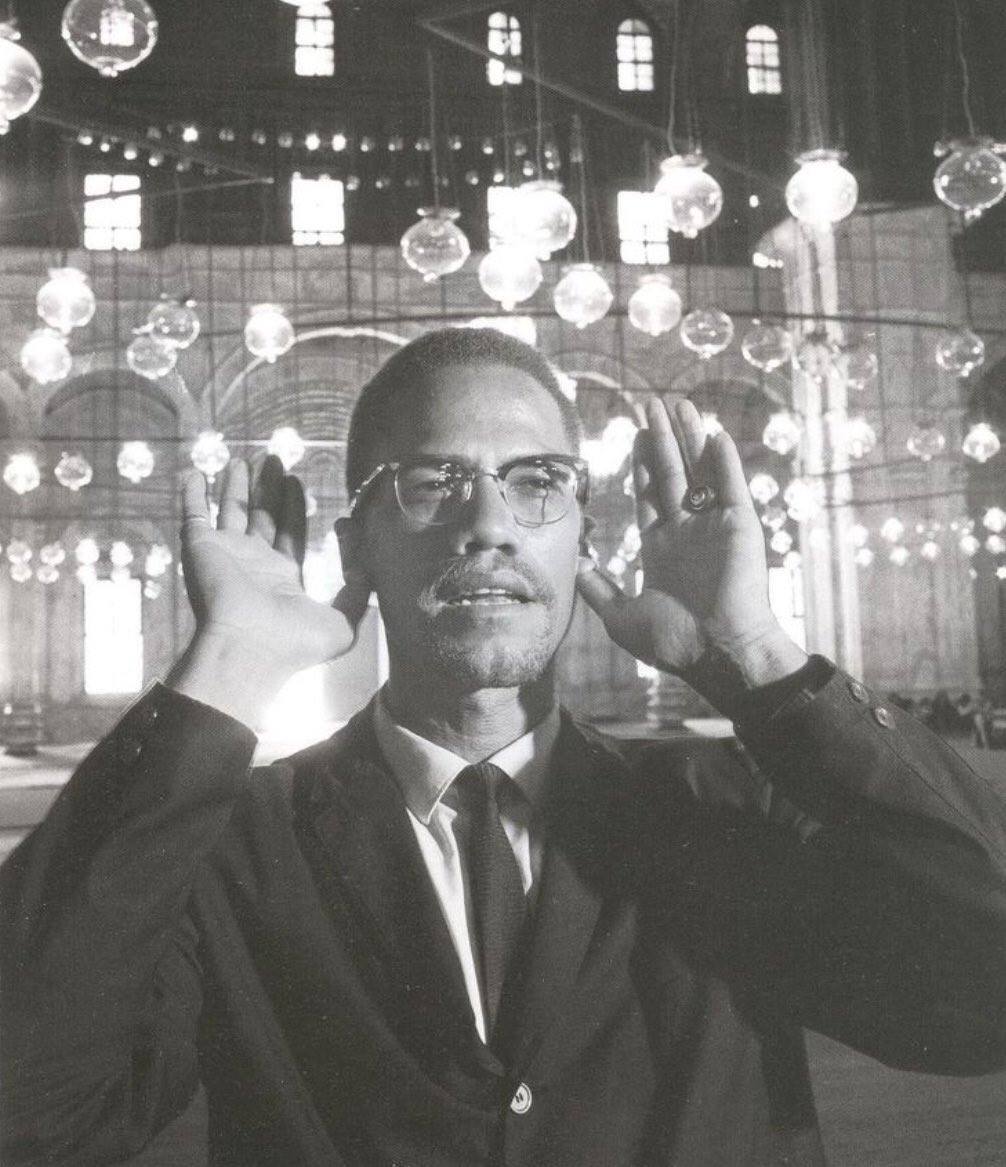
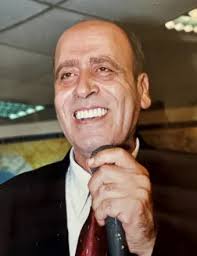

Bettye LaVette (born Betty Jo Haskins, January 29, 1946 Muskegon, MI) is an American soulsinger who made her first record at sixteen, but achieved only intermittent fame until 2005, when her album I’ve Got My Own Hell to Raise was released to widespread critical acclaim, and was named on many critics’ “Best of 2005” lists. Her next album, The Scene of the Crime, debuted at number one on Billboard‘s Top Blues Albums chart and was nominated for Best Contemporary Blues Album at the 2008 Grammy Awards. She received the Legacy of Americana Lifetime Achievement Award at the 2023 Americana Music Honors & Awards.
LaVette’s eclectic musical style combines elements of soul, blues, rock and roll, funk, gospel, and country music. In 2020, she was inducted into the Blues Hall of Fame.
more...Year of the Snake. In Chinese culture, the snake is a symbol of wisdom, intuition, and transformation.
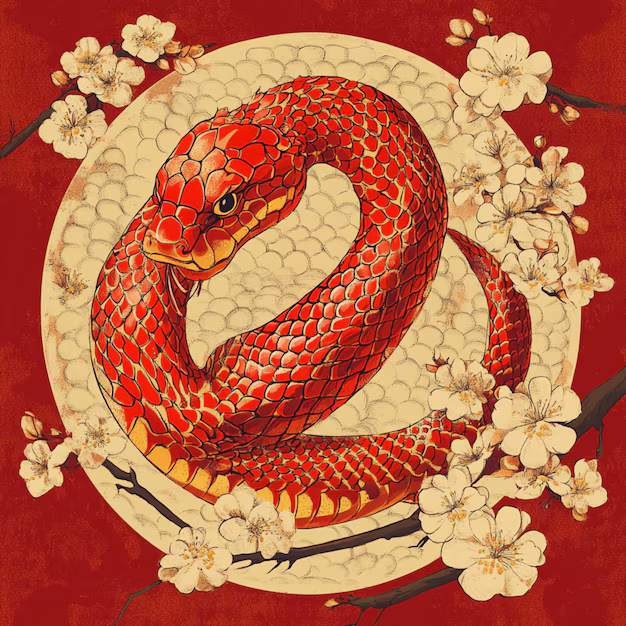
more...
NGC 3718, also called Arp 214, is a galaxy located approximately 52 million light years from Earth in the constellation Ursa Major. It is either a lenticular or spiral galaxy.
NGC 3718 exhibits a warped, S-shape similar to NGC 6872, possibly a result of gravitational interaction with NGC 3729, another spiral galaxy located 150,000 light-years away.
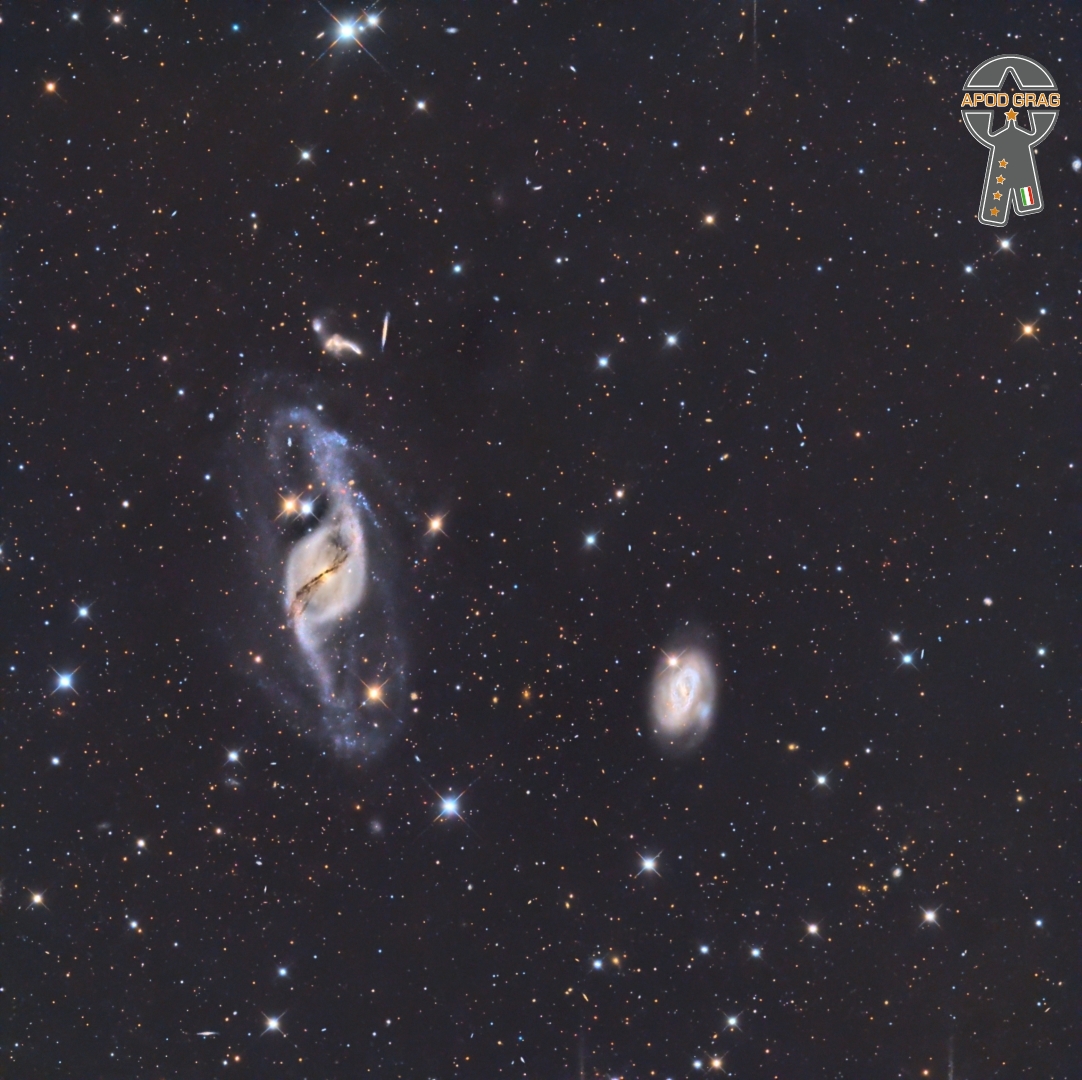
Beverly Kenney (January 29, 1932, Harrison, New Jersey – April 13, 1960, Greenwich Village, New York City) was an American jazz singer. Kenney attempted suicide twice and succeeded the third time ingesting a combination of alcohol and Seconal on April 12, 1960, in a one-room apartment in the University Residence Hotel located at 45 East 11th Street in Greenwich Village, Manhattan, New York.Her father, Charles J. Kenney, had dinner with her two nights earlier and said “everything seemed fine”. She died at age 28.
more...James Lee Jamerson (January 29, 1936 – August 2, 1983 Edisto Island, SC) was an American bassist. He was the uncredited bassist on most of the Motown Records hits in the 1960s and early 1970s (Motown did not list session musician credits on their releases until 1971), and is now regarded as one of the greatest and most influential bass players in modern music history. He was inducted into the Rock and Roll Hall of Famein 2000. As a session musician he played on twenty-three Billboard Hot 100 number-one hits, as well as fifty-six R&B number-one hits.
In its special issue “The 100 Greatest Bass Players” in 2017, Bass Player magazine ranked Jamerson number one and called him the most important and influential bass guitarist. In 2020, Rolling Stone magazine ranked Jamerson number one in its list of the 50 greatest bassists of all time.
Long troubled by alcoholism, Jamerson died of complications from cirrhosis, heart failure and pneumonia on August 2, 1983, in Los Angeles. He is interred at Detroit’s historic Woodlawn Cemetery.
more...Edwin Thomas “Ed” Shaughnessy (January 29, 1929 – May 24, 2013) was a swing music and jazz drummer long associated with Doc Severinsen and a member of The Tonight Show Band on The Tonight Show Starring Johnny Carson.
Shaughnessy was born in Jersey City, New Jersey and grew up in the New York Cityarea, working in the 1940s with George Shearing, Jack Teagarden, and Charlie Ventura. In the 1950s he worked in the Charlie Ventura, Benny Goodman and Tommy Dorseybands. In the 1960s he played for Count Basie prior to joining The Tonight Show Band. He was the drummer on Bashin’: The Unpredictable Jimmy Smith in 1962 which featured big band arrangements by Oliver Nelson, including the pop hit “Walk on the Wild Side” which peaked at #21 on the Billboard chart. Shaughnessy recorded extensively throughout his career and was known for his drum competitions with Buddy Rich.
Although best known as a big band drummer, Shaughnessy also performed small group work with Gene Ammons, Roy Eldridge, Billie Holiday, Mundell Lowe, Teo Macero, Charles Mingus, Shirley Scott, Jack Sheldon, Horace Silver, and many others. For several years Shaughnessy was a member of the house band at Birdland and other New York clubs. In the early 1970s he was doing similar work in Los Angeles and is credited with discovering Diane Schuur, whom he introduced at the 1976 Monterey Jazz Festival. Shaughnessy played in an early incarnation of the “Sesame Street” orchestra along with percussionist Danny Epstein, reed player Wally Kane, and, on occasion, guitarist Bucky Pizzarelli.
more...HFG1 (Heckathorn-Fesen-Gull 1) is a planetary nebula located in the constellation of Cassiopeia, approximately 2,000 light-years from Earth. This object features an expanding shell of gas ejected by a dying star, interacting with the surrounding interstellar medium.
At the core of HFG1 lies the binary system V664 Cas, which consists of a white dwarf and its companion star. The system is moving rapidly through space at an estimated velocity of 29 km/s. This high-speed motion results in a distinctive bow shock at the leading edge of the nebula and a trailing wake of ejected material stretching behind it.
In addition to HFG1, the image also features a smaller, bubble-like nebula nearby, known as Abell 6, another planetary nebula located in the same region.
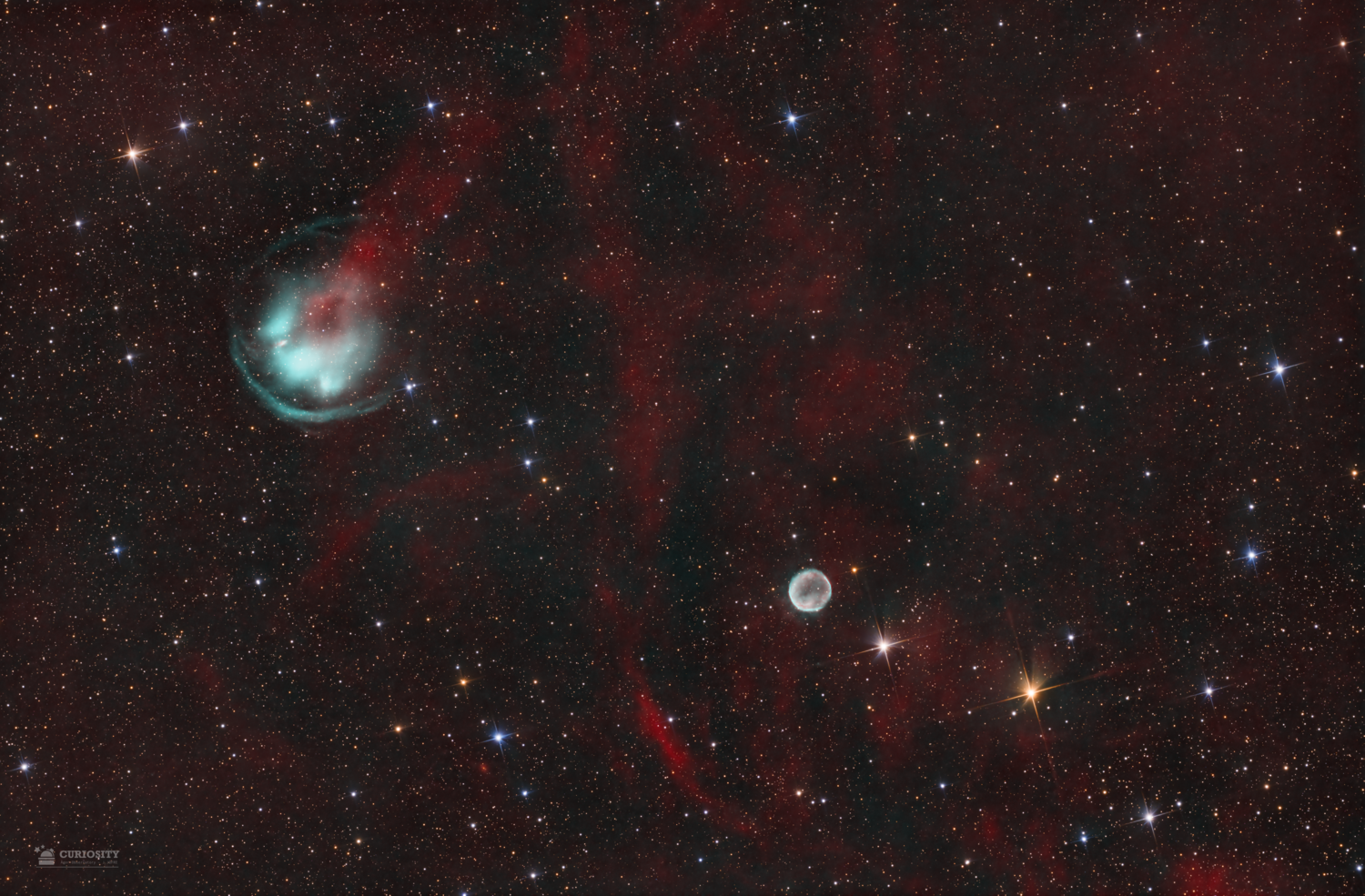
Osbourne Ruddock (28 January 1941 – 6 February 1989), better known as King Tubby, was a Jamaican sound engineer who influenced the development of dub musicin the 1960s and 1970s.
Tubby’s studio work, in which as a mixing engineer he achieved creative fame previously only reserved for composers and musicians, was influential across many genres of popular music. He is often cited as the inventor of the concept of the remixthat later became ubiquitous in dance and electronic music production. Singer Mikey Dread stated, “King Tubby truly understood sound in a scientific sense. He knew how the circuits worked and what the electrons did. That’s why he could do what he did.
King Tubby was shot dead on 6 February 1989, outside his home in Duhaney Park, Kingston, upon returning from a session at his Waterhouse studio. His death was believed to be the outcome of a robbery.
more...Ronnie Scott OBE (born Ronald Schatt; 28 January 1927 – 23 December 1996) was a British jazz tenor saxophonist and jazz club owner. He co-founded Ronnie Scott’s Jazz Club in London’s Soho district, one of the world’s most popular jazz clubs, in 1959.
more...John Towner Williams (born February 8, 1932 NY) is an American composer and conductor. In a career that has spanned seven decades, he has composed some of the most popular, recognizable, and critically acclaimed film scores in cinema history. He has a distinct sound that mixes romanticism, impressionism and atonal music with complex orchestration. He is best known for his collaborations with Steven Spielbergand George Lucas and has received numerous accolades including 26 Grammy Awards, five Academy Awards, seven BAFTA Awards, three Emmy Awards and four Golden Globe Awards. With 54 Academy Award nominations, he is the second-most nominated person, after Walt Disney, and is the oldest Oscar nominee in any category, at 92 years old.
Williams’s early work as a film composer includes Valley of the Dolls (1967), Goodbye, Mr. Chips (1969), Images and The Cowboys (both 1972), The Long Goodbye (1973) and The Towering Inferno (1974). He has collaborated with Spielberg since The Sugarland Express (1974), composing music for all but five of his feature films. He received five Academy Awards for Best Score for Fiddler on the Roof (1971), Jaws(1975), Star Wars (1977), E.T. the Extra-Terrestrial (1982) and Schindler’s List (1993). Other memorable collaborations with Spielberg include Close Encounters of the Third Kind (1977), the Indiana Jones franchise (1981–2023), Hook (1991), Jurassic Park(1993), Saving Private Ryan (1998), Catch Me If You Can (2002), War Horse (2011), Lincoln (2012), and The Fabelmans (2022). He also scored Superman (1978), the first two Home Alone films (1990–1992), and the first three Harry Potter films (2001–2004).
Williams has also composed numerous classical concertos and other works for orchestral ensembles and solo instruments. He served as the Boston Pops‘ principal conductor from 1980 to 1993 and is its laureate conductor. Other works by Williams include theme music for the 1984 Summer Olympic Games; NBC Sunday Night Football; “The Mission” theme (used by NBC News and Seven News in Australia); the television series Lost in Space, Land of the Giants and Amazing Stories.
Among other accolades, he has received the Kennedy Center Honor in 2004, the National Medal of the Arts in 2009 and the AFI Life Achievement Award in 2016. He was inducted into the Songwriters Hall of Famein 1998, the Hollywood Bowl‘s Hall of Fame in 2000 and the American Classical Music Hall of Fame in 2004. He has composed the score for nine of the top 25 highest-grossing films at the U.S. box office. In 2022, Williams was appointed an Honorary Knight Commander of the Order of the British Empire (KBE) by Queen Elizabeth II, “for services to film music”. In 2005, the American Film Institute placed Williams’s score to Star Wars first on its list AFI’s 100 Years of Film Scores; his scores for Jaws and E.T. also made the list. The Library of Congress entered the Star Wars soundtrack into the National Recording Registry for being “culturally, historically, or aesthetically significant”.
more...More Posts
- Julia Lee
- World Music Corvus Corax
- Daily Roots Susan Cadogan & Ken Boothe
- Grace Slick
- We Ride At Dawn
- Challenge to Change
- Cosmos NGC 602
- Trilok Gurtu
- Poncho Sánchez
- Clifford Brown
- World Music Memorial Manuel “Guajiro” Miraba
- Daily Roots Jah Lloyd
- Pim Jabobs
- Cosmos NGC 4414
- Peter Green
- Michael Ponti
- Zoot Sims
- World Music Faun
- Daily Roots Culture
- Challenge of Light

